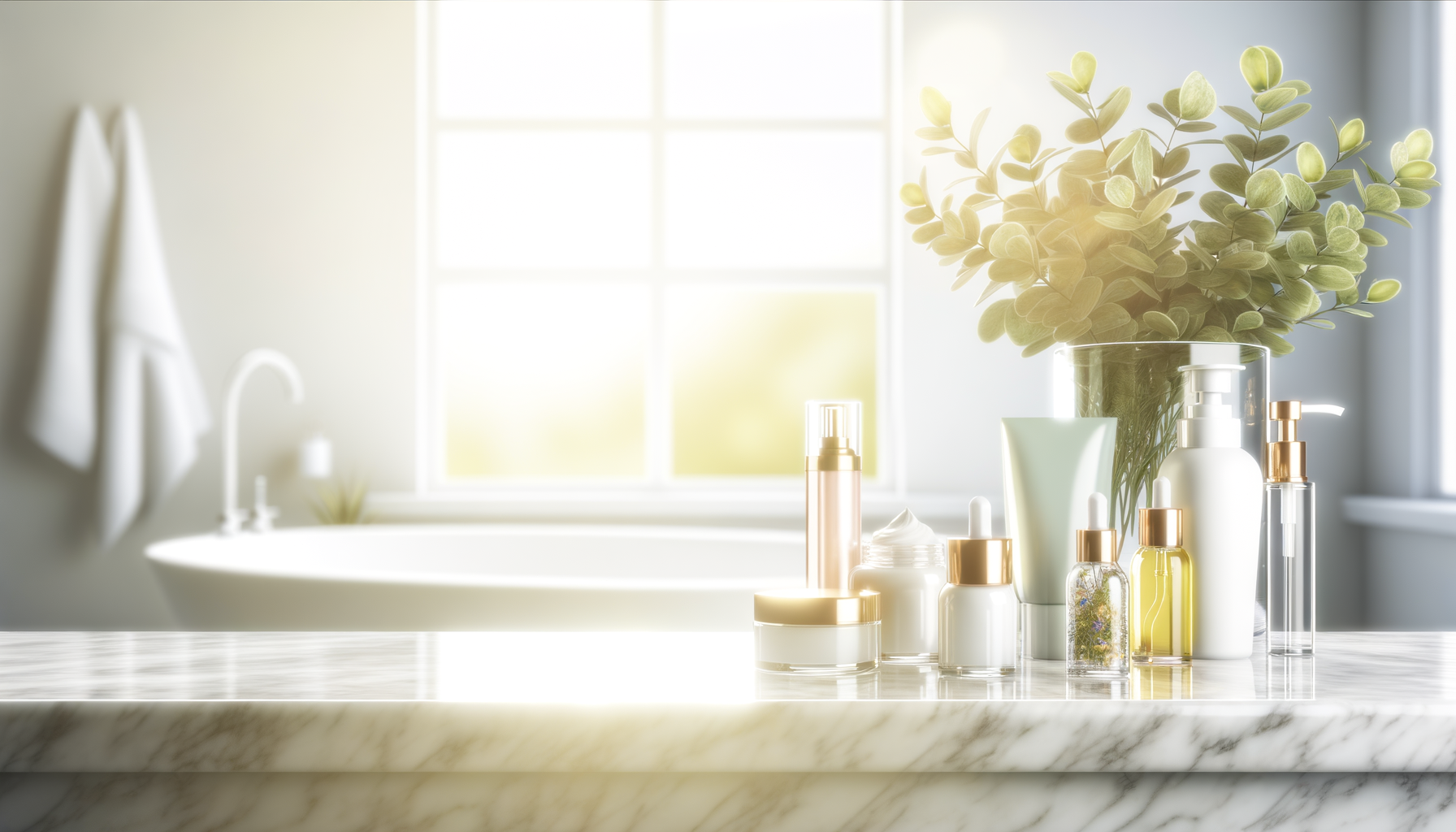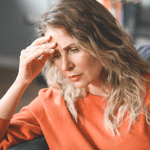Introduction
Importance of Early Brain Development
The early years of a child’s life are critical for brain development, with 90% of brain growth occurring before the age of five. During this period, the brain is highly responsive to the environment and experiences, laying down the neural foundations that will serve as the building blocks for future cognitive, social, and emotional development. Engaging toddlers and preschoolers in brain-boosting activities can significantly influence their lifelong learning abilities, resilience, and overall health.
Overview of Brain-Boosting Activities
Brain-boosting activities for toddlers and preschoolers encompass a wide array of playful and educational experiences designed to stimulate cognitive, physical, and emotional growth. These activities range from simple games that promote executive function skills, such as attention, impulse control, working memory, and planning, to more complex tasks that encourage problem-solving and creativity. Incorporating these activities into a child’s daily routine can be both enjoyable and instrumental in fostering essential life skills.
Benefits of Engaging Toddlers and Preschoolers in Stimulating Activities
Introducing toddlers and preschoolers to stimulating activities has a multitude of benefits. It enhances their ability to focus, strengthens their memory, and develops their capacity for self-control. Moreover, these activities provide a confidence boost, which is crucial for self-esteem and can deter procrastination. By participating in a variety of brain-boosting games and exercises, children not only prepare for academic success but also set a foundation for lifelong learning and adaptability. Engaging in such activities with adults also helps to build sturdy brain architecture and reinforces the parent-child bond, making learning a shared, joyful experience.
In summary, the early years are a golden opportunity to shape a child’s brain development. Through a combination of nutrition, physical exercise, cognitive challenges, social interaction, and a toxin-free environment, we can provide our children with the tools they need to thrive. The following sections will delve deeper into each of these areas, offering practical advice and creative ideas to help your toddler or preschooler reach their full potential.
By the way, something for you, a little gift!!!
I am just in the middle of publishing my book. It’s about How women can balance their hormones. One part is about food and diet, of course.
Follow this link and enter your email.
I will send you this part of the book for free once the book is published. It has many concrete, practical tips and recipes and will help you feel better during menopause or times of Big hormonal fluctuations.
Annette, Damiva Lead for Health & Wellness

Nutrition and Brain Development
Essential Nutrients for Toddlers and Preschoolers
The rapid brain growth that occurs during the toddler and preschool years makes nutrition critically important. Certain nutrients are particularly vital for this stage of development. The American Academy of Pediatrics Committee on Nutrition highlights key nutrients such as Choline, Folate, Iodine, Iron, Omega-3 fatty acids, Protein, Vitamins A, D, B6, B12, and Zinc. These nutrients support various aspects of brain development, from cognitive function and memory to attention span and learning capabilities.
Incorporating Brain-Healthy Foods into Meals
Ensuring that toddlers and preschoolers receive a diet rich in brain-healthy foods can be a fun and creative process. Here are some ways to include essential nutrients in their meals:
- Eggs: A versatile ingredient, eggs provide choline, vitamin B12, and protein. They can be served scrambled, boiled, or as part of an omelet.
- Seafood: Options like salmon, shrimp, and tilapia are rich in omega-3 fats, iodine, and iron. Introduce seafood in small, safe portions to avoid mercury exposure.
- Leafy Green Vegetables: Spinach and kale are excellent sources of iron and folate. Incorporate them into smoothies or pasta sauces to make them more appealing to young children.
- Lean Beef or Meat Alternatives: These are high in zinc and iron, which are crucial for brain development. Consider using black bean or soy burgers as substitutes for lean beef.
- Yogurt: Unsweetened yogurt is rich in protein, zinc, choline, and iodine. It can be served with fruit or as a base for smoothies.
- Nuts & Seeds: While whole nuts pose a choking hazard, nut butters and “puff” snacks made from real nuts can be a safe alternative, providing protein and zinc.
- Beans: Beans are packed with zinc, protein, iron, folate, and choline. They are also a great meat substitute for vegetarian diets.
Avoiding Toxins and Chemicals in Food
While focusing on nutrient-rich foods, it’s equally important to minimize exposure to toxins and chemicals that can hinder brain development. Avoid high-mercury seafood such as tuna and swordfish, and opt for organic produce when possible to reduce pesticide intake. Be mindful of food packaging and storage containers, as some plastics can contain harmful chemicals like BPA. By choosing fresh, whole foods and carefully selecting packaged products, parents can create a safer, more nutritious diet for their children’s developing brains.
By emphasizing these brain-boosting nutrients and being cautious about food quality, parents and caregivers can significantly contribute to the cognitive health and overall development of toddlers and preschoolers.
Physical Activities for Cognitive Enhancement
The Role of Physical Exercise in Brain Health
Physical exercise is not just beneficial for the body; it plays a crucial role in brain health as well. Engaging toddlers and preschoolers in regular physical activities can significantly enhance their cognitive functions. Exercise increases blood flow to the brain, which brings much-needed oxygen and nutrients. It also promotes the growth of new neural connections, a process known as neurogenesis, which is vital during the early years when the brain is highly plastic and responsive to stimulation. Furthermore, physical activities help in the development of key cognitive skills such as attention, memory, and problem-solving.
Simple and Safe Exercises for Young Children
- Obstacle Courses: Create a simple obstacle course using cushions, boxes, and toys to encourage problem-solving and spatial awareness.
- Balancing Games: Activities like standing on one foot or walking along a line can improve coordination and concentration.
- Ball Games: Catching, throwing, and kicking balls help develop motor skills, hand-eye coordination, and timing.
- Tag and Chase: These classic games are not only fun but also enhance speed, agility, and cardiovascular health.
Outdoor Play and Its Benefits
Outdoor play is particularly beneficial for young children, offering a richer environment to stimulate all senses. The natural setting of outdoor spaces provides a diverse array of textures, sounds, and sights for children to explore, which can lead to improved sensory skills. Moreover, outdoor play often involves more vigorous activities that can enhance physical fitness and endurance. Exposure to sunlight during outdoor play is also essential for vitamin D synthesis, which is important for bone health and immune function. Additionally, playing outside encourages social interactions with peers, which is critical for emotional and social development.
By incorporating a variety of physical activities into a child’s routine, we can lay a strong foundation for a healthy and active lifestyle that supports cognitive development and overall well-being.
Cognitive Activities to Stimulate the Mind
Puzzles and Problem-Solving Games
Engaging toddlers and preschoolers in puzzles and problem-solving games is a delightful way to enhance their cognitive abilities. These activities not only improve hand-eye coordination but also foster logical reasoning. The sense of achievement that children experience upon completing a puzzle boosts their self-esteem and can reduce the tendency to procrastinate. Introducing puzzles early on is crucial, as older children might overlook them for more dynamic activities. Therefore, starting with simple puzzles and gradually increasing complexity can keep young minds captivated and eager to overcome new challenges.
Memory-Boosting Games
Memory games are excellent for exercising the brain’s information retention capabilities. Available in various forms, such as card games or digital apps, these games can be tailored to the child’s level of development. As children improve, the complexity of the games can be increased, which encourages the development of working memory. Selecting games with appealing features, like favorite cartoon characters or shapes, can make the learning process both fun and educational.
Creative Arts and Crafts
Arts and crafts are not just about creating something beautiful; they are a profound way to stimulate cognitive development in young children. Engaging in creative activities such as beading, drawing, or plastic canvas sewing can enhance fine motor skills and encourage children to follow patterns and instructions. These activities require concentration and precision, which are essential for brain development. Moreover, the pride and satisfaction that come from creating something with their own hands can be incredibly rewarding for children.
Music and Movement Activities
Music and movement activities are a joyful and energetic way to boost brain function. Dancing to music, for instance, improves coordination, motor skills, and socialization. It also encourages children to express themselves and enhances their emotional intelligence. Playing musical instruments, even simple toy instruments, can have a profound effect on a child’s cognitive abilities, including memory, attention, and even mathematical skills. Singing songs requires memorization and can be a fun way to learn new vocabulary and concepts.
In conclusion, incorporating a variety of cognitive activities into a toddler’s or preschooler’s daily routine can significantly contribute to their mental development. Puzzles, memory games, arts and crafts, and music and movement activities are all excellent ways to stimulate the mind and support holistic development. By engaging in these brain-boosting activities, children can develop crucial skills that will serve them well throughout their educational journey and beyond.
Social Interaction and Emotional Intelligence
The Importance of Social Play
Social play is a critical aspect of a child’s development, serving as the foundation for learning how to interact, communicate, and build relationships. Through play, toddlers and preschoolers develop vital social skills that extend beyond sharing and taking turns. They learn to interpret cues, express themselves, and understand the dynamics of friendships and cooperation. Engaging in social play activities, such as block play or outdoor games, allows children to explore different roles and scenarios, fostering their social-emotional growth in a natural and enjoyable setting.
Role-Playing and Cooperative Games
Role-playing and cooperative games are powerful tools for nurturing social interaction among young children. By assuming different roles, children practice empathy and perspective-taking, essential components of emotional intelligence. Games like “Mother, May I?” or “Simon Says” with a twist encourage children to follow directions, negotiate, and communicate effectively. Cooperative games, where the focus is on teamwork rather than competition, help children understand the value of working together towards a common goal, enhancing their ability to cooperate and collaborate.
Emotional Regulation Activities
Emotional regulation is a key element of emotional intelligence, and it’s crucial for children to learn how to manage their feelings from a young age. Activities that promote emotional regulation, such as breathing exercises, storytelling, and music and movement, can help children recognize and express their emotions in a healthy way. For instance, using “emotion masks” or “calm-down jars” can provide children with a visual and interactive way to understand and cope with different emotions. By incorporating these activities into daily routines, parents and educators can equip children with the strategies they need to navigate their emotional landscape.

Popular Read: Endocrine Disruptors in Skincare: What You Need to Know
Creating a Toxin-Free Learning Environment
Choosing Natural and Organic Learning Materials
When it comes to creating a nurturing learning environment for toddlers and preschoolers, the materials they interact with play a pivotal role. Opting for natural and organic learning materials is a step towards ensuring the safety and health of young children. These materials are derived from natural sources and are often free from harmful chemicals that can be found in conventional products. For instance, wooden blocks, cotton play mats, and beeswax crayons are not only environmentally friendly but also safer for children who tend to explore with their hands and mouths. Additionally, these materials can be more durable and aesthetically pleasing, offering a sensory-rich experience that fosters creativity and imagination.
Avoiding Endocrine Disruptors in Toys and Products
Many toys and childcare products contain chemicals that can interfere with the body’s endocrine system, known as endocrine disruptors. These substances, which can be found in plastics, paints, and fabrics, may include bisphenol A (BPA), phthalates, and certain flame retardants. Exposure to these chemicals can have long-term health implications for developing children. Therefore, it is crucial for caregivers and educators to select toys and products that are labeled BPA-free, phthalate-free, and made with non-toxic materials. By doing so, they can significantly reduce the risk of hormonal and developmental issues that could arise from exposure to these harmful substances.
The Impact of a Chemical-Free Space on Health and Development
A chemical-free learning environment is not only beneficial for children’s physical health but also for their overall development. Studies have shown that exposure to toxins can affect cognitive functions, including memory, attention, and problem-solving skills. By establishing a space that is free from harmful chemicals, caregivers can contribute to the optimal development of a child’s brain and body. This includes using natural cleaning products, ensuring adequate ventilation, and choosing furniture and carpets that do not emit volatile organic compounds (VOCs). A toxin-free space supports a child’s ability to learn, explore, and grow in the safest possible environment, laying the groundwork for a healthy and successful future.
In conclusion, creating a toxin-free learning environment is a vital aspect of fostering a healthy developmental journey for toddlers and preschoolers. By choosing natural and organic materials, avoiding endocrine disruptors, and maintaining a chemical-free space, caregivers and educators can significantly enhance the well-being and developmental outcomes for the children in their care.
Conclusion
Summarizing the Key Points
The journey through early childhood is a critical time for brain development, and the activities we’ve explored are instrumental in nurturing young minds. From the importance of nutrition that fuels brain growth to the physical activities that enhance cognitive function, each aspect plays a pivotal role. We’ve delved into cognitive activities like puzzles and memory games that sharpen the mind, as well as the social interactions that foster emotional intelligence. Additionally, we’ve emphasized the significance of a toxin-free learning environment for overall health and development.
Encouraging Consistency in Brain-Boosting Activities
Consistency is key when it comes to brain-boosting activities. Regular engagement in these activities helps to solidify the neural pathways that are essential for learning and development. Parents and caregivers should strive to incorporate these activities into daily routines, ensuring that toddlers and preschoolers have ample opportunity to play, explore, and learn. Whether it’s through structured playtime, family board games, or simply reading together, consistency in these practices is what will yield the most significant benefits for a child’s cognitive growth.
Final Thoughts on Supporting Holistic Development in Children
In conclusion, the holistic development of toddlers and preschoolers is a multifaceted process that requires attention to their physical, cognitive, social, and emotional needs. By engaging in a variety of brain-boosting activities, we provide children with the tools they need to thrive. It’s not just about academic learning; it’s about nurturing a love for exploration, fostering creativity, and building the executive function skills that will serve them throughout their lives. As we support the next generation, let’s remember that every interaction is an opportunity to encourage growth, every meal a chance to nourish the brain, and every playtime a chance to shape the future.









